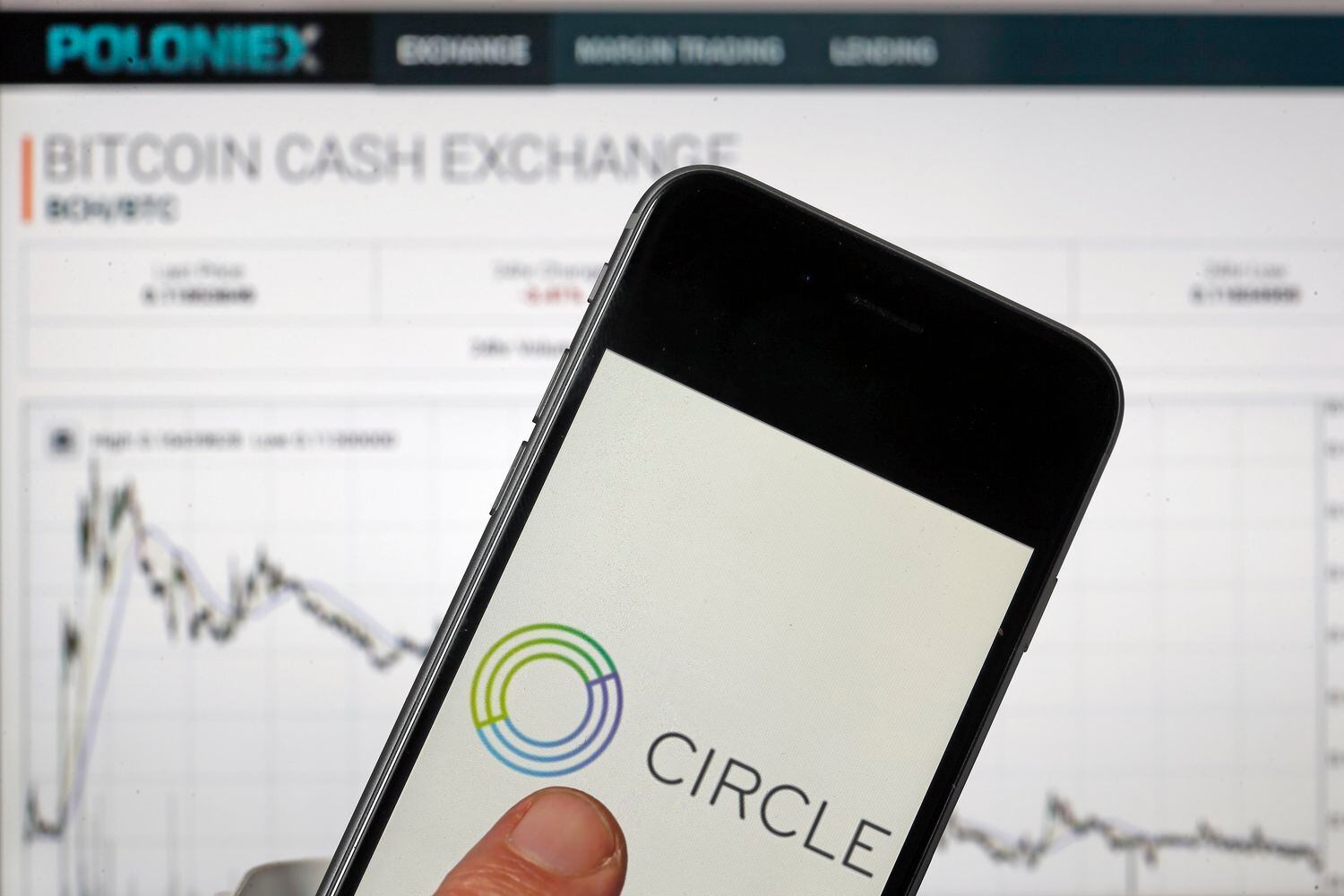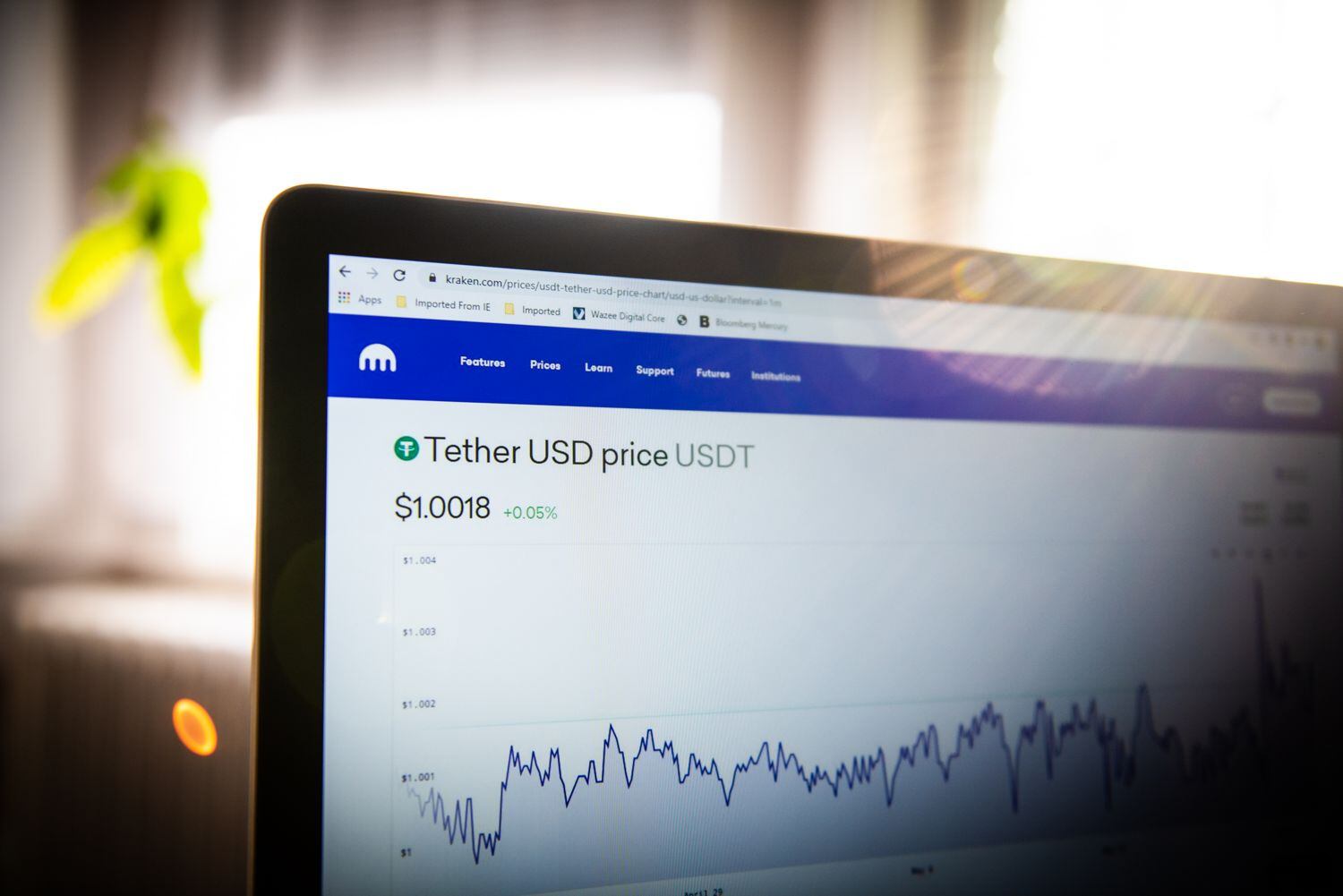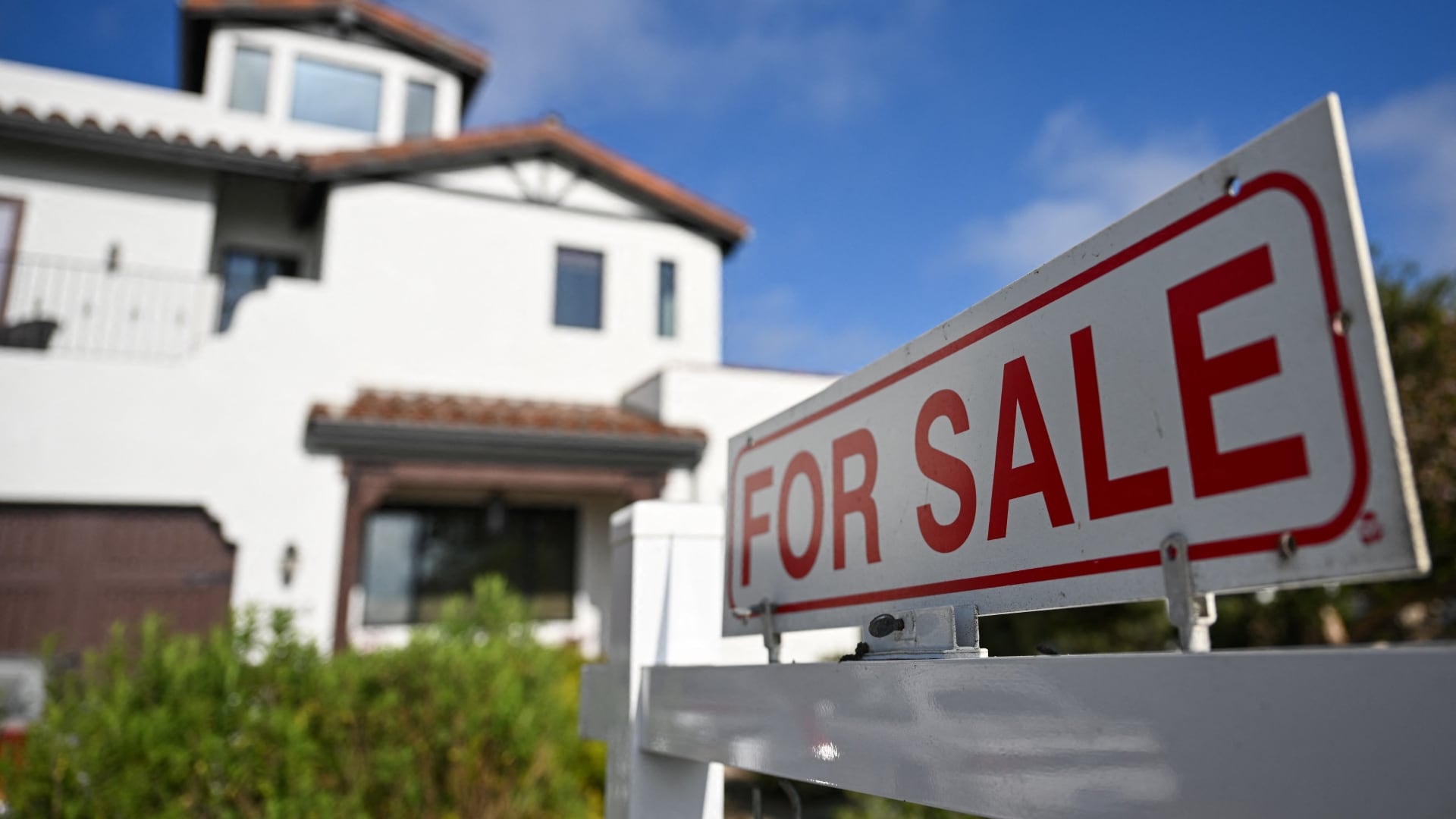Dollar-pegged cryptocurrencies called stablecoins are on the rise, and U.S. regulators are taking notice.
Treasury Secretary Janet Yellen on Monday convened a working group of federal agencies to discuss the potential risks of stablecoins, which are cryptographic coins pegged to the value of an underlying asset such as a fiat currency or exchange-traded commodity. The group released a statement that it plans to issue recommendations in the coming months.
The working group met just a week after Federal Reserve Chair Jerome Powell told Congress that now is the time for regulators to step in.
"If [stablecoins] are going to be a significant part of the payments universe, which we don't think crypto assets will be, but stablecoins might be, then we need an appropriate regulatory framework, which frankly we don't have," he said.
Designed to provide a bridge between cryptocurrencies and fiat, stablecoins have become a phenomenon in their own right, exploding in value over the last year as volatility in the crypto market has pushed some investors towards safer assets that are still on the blockchain.
They also happen to be entering the limelight at the exact moment that governments are beginning to crack down on cryptocurrencies, with stablecoins in particular drawing extra scrutiny from everyone from Mad Money's Jim Cramer to the People's Bank of China.
All this attention from top officials in the U.S. has given urgency to efforts to better understand and control stablecoins, but how exactly they should be regulated is still an open question — one that is just beginning to see opposing camps form around what is the best approach.

'Not All Stablecoins Are Created Equal'
For payments company Circle, which operates USDC, the second largest dollar-pegged stablecoin, it's important that regulators don't lump all coins together.
"I think the main message that we have to get out there and pierce through the headlines is that not all stablecoins are created equal," Dante Disparte, Circle's chief strategy officer and head of global policy, told Cheddar.
He touted Circle's commitment to regularly releasing information about the composition of its dollar-denominated reserves, a practice that is not currently required by law.
Among stablecoins, the question of reserves is crucial. Many, including Circle, say their coins are backed one-to-one by the U.S. dollar, meaning they keep much larger reserves on hand than your average bank, in which only a fraction of deposits are backed by cash.
However, the exact breakdown of stablecoin reserves has become a source of controversy.
In its most recent release, Circle said that 61 percent of its tokens are backed by “cash and cash equivalents," with the rest coming from U.S. Treasuries, commercial paper, certificates of deposit, and municipal and corporate bonds.

This compares to Tether, the leading stablecoin, which revealed back in May that nearly half of its reserves are made up of commercial paper, a form of unsecured, short-term debt that is subject to bouts of volatility of its own.
Notably, Tether only started sharing the makeup of its reserves after reaching a settlement with New York Attorney General Letitia James, who sued the company for allegedly making false statements about what was backing its dollar reserves.
Disparte said recent regulatory pressure is likely stemming from the fact that "we live in a world in which there's a $60 billion, very large offshore-dollar stablecoin in circulation today that isn't abiding by anything quite close to those expectations or standards."
While Disparte would not name Tether directly, the company has a $60 billion market capitalization, and has been widely criticized for the opacity of its operations.
Tether pushed back against this characterization, emphasizing its role as a pioneer in an industry where "rules, regulations, and laws are being made by the day."
"Tether is the most transparent stablecoin," Stuart Hoegner, general counsel at Tether, told Cheddar. "We were the first to disclose the composition of our reserves. We hold a strong, conservative, and liquid portfolio with an emphasis on safeguarding those reserves. Most importantly, we have never refused a redemption to a customer."
The company also stressed that it's already been tested by shifting market conditions.
"Stress-testing of Tether is not hypothetical," Hoegner said. "In March of 2020, bitcoin dropped by half in a couple of days. Just two months ago we had one of the worst days in bitcoin’s history, with prices falling by 30 percent in a few days in May. During those events, the Tether peg remained solid, all redemptions were honoured, and even the price on exchanges remained stable."
Burden of Proof
While stablecoin issuers have a clear stake in making sure regulations don't undermine their core business model, some economists question the sudden urgency to regulate the space.
"I take the concern seriously, but I am not inclined to take the assumption that these things all pose serious macro risks seriously because it hasn't been demonstrated," said George Selgin, senior fellow at Cato Institute's Center for Monetary and Financial Alternatives, which champions free market solutions. "It's just something people seem to be assuming."
Another assumption he questioned was the likelihood of a run on stablecoins, in which customers rush to redeem their coins in the event of a price drop.
"Some stablecoins, there's no way you can have a run on them," he added. "It just can't happen because you can't redeem this stuff. So, you can pretend that it's like a bank."
He pointed to Tether as an example, which offers no guarantee that a customer will be able to redeem their coins for cash. While some see this as a downside, especially for the customer, he argued that it does work against the idea that Tether poses a substantial systemic threat.

"Let's suppose a bunch of stablecoins go to zero, as has happened already a couple of times,' he said. "It doesn't follow that that's a matter for public policy concern. It only follows if it has systemic effects on third parties. It matters if there are other financial firms that are interconnected. It matters if people panic, and there are contagions of fear."
He added that these are possibilities, but the burden of proof should be on regulators to show how this is possible with specific stablecoins.
Robert C. Hockett, a professor at Cornell Law School and regular consultant to both the Federal Reserve and the International Monetary Fund, said the onus should actually be on stablecoins to prove their value in the first place.
"The burden is on any would-be alternative to tell us what it provides that the dollar does not," he said. "It's telling that stablecoins purchases its stability by pegging itself to the dollar. The dollar is its anchor, and that suggests that the dollar is the actual stablecoin. The stablecoin is only stable insofar as it piggybacks on the dollar."
Hockett placed the rise of stablecoins in the long line of speculative frenzies, from junk bonds to subprime mortgages.
"They would prefer not to be overseen or regulated at all, but that's always the case. Purveyors of subprime mortgage loans preferred not to be regulated. Purveyors of junk bonds preferred not to be regulated. It's just the same old story as far as that goes."
Stablecoin issuers themselves, however, push back against being equated with banks.
"There is no fractionalization," Disparte said. "There is no lending. There is no leverage, so to speak. The activity is really designed for risk management and value preservation of USDC in circulation."
While Disparte doesn't see Circle as being in competition with the banking system, he has been vocal about questioning the value of central bank digital currencies, which could actually provide an alternative to the likes of USDC and Tether.
"My view simply is digitizing the existing financial system is not nearly enough, if what you want to do is reduce friction in payments between people and or create completely novel business models," he said. "I think CBDCs are very nice as abstractions, but they're going to be incredibly impractical, incredibly experimental, and potentially incredibly risky from a financial innovation point of view because they will ultimately transition free market acidity to the taxpayer."
Instead he envisions the private sector continuing to play the dominant role in digital payments.
"The past of how money has evolved around the world will be echoed into the future," he said.
Updated on July 22, 2021 at 2:11 p.m. ET with comments from Tether.



